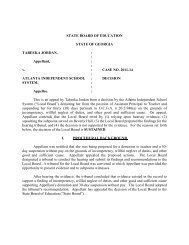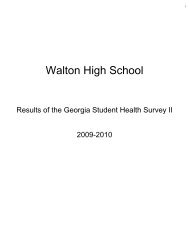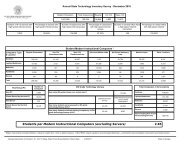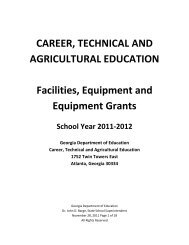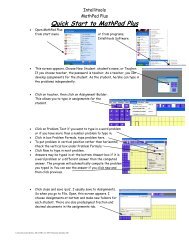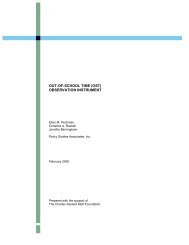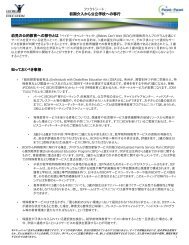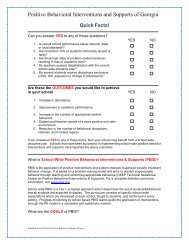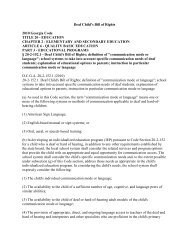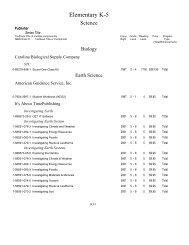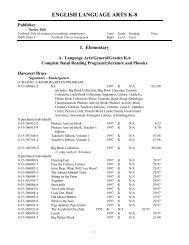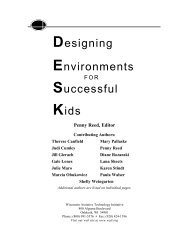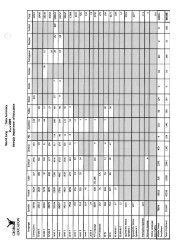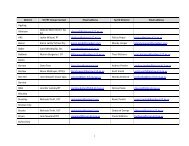CTAE Annual Report - GADOE Georgia Department of Education
CTAE Annual Report - GADOE Georgia Department of Education
CTAE Annual Report - GADOE Georgia Department of Education
Create successful ePaper yourself
Turn your PDF publications into a flip-book with our unique Google optimized e-Paper software.
PROGRAM AREAS<br />
AGRICULTURE EDUCATION (AGED) 2009-2010<br />
6<br />
Enrollment by Gender in Grades 9-12<br />
(Unduplicated Count)<br />
High School Student Enrollment in Agriculture <strong>Education</strong><br />
in FY 2010<br />
(Duplicated Count)<br />
Grade 6-8 Student Enrollment in Agriculture <strong>Education</strong> Courses<br />
in FY 2010<br />
Total 30,422<br />
Male 19,604 (64%)<br />
Female 10,818 (36%)<br />
Pathway-Related Course Enrollment – 104,530<br />
• Plant Science/Horticulture 17,303 (17%)<br />
• Agriculture Mechanics 16,495 (16%)<br />
• Agriscience 15,157 (15%)<br />
• Forestry & Natural Resources 15,045 (14%)<br />
• Animal Science 14,968 (14%)<br />
• Veterinary Science 12,859 (12%)<br />
• Agribusiness Management 12,703 (12%)<br />
Other AGED Courses<br />
• 2,985<br />
21,126<br />
Number <strong>of</strong> Industry-Certified Programs Note: AGED programs adopted new industry certification<br />
standards and is in the process <strong>of</strong> programs becoming industry<br />
certified.<br />
Number <strong>of</strong> <strong>CTAE</strong> Teachers FY 2010 391 High School Teachers<br />
82 Middle School Teachers<br />
AGRICULTURE EDUCATION (AgEd) consists <strong>of</strong> three distinct<br />
but interrelated components. A basic component is classroom<br />
and laboratory experiences. In the classroom, students learn<br />
concepts and theories dealing with a broad spectrum <strong>of</strong><br />
agricultural and agribusiness topics. The classroom is followed<br />
by the laboratory mode <strong>of</strong> instruction where concepts and<br />
theories are carried through to their application. Here, the<br />
students are taught “hands-on” skills to ensure that the skills<br />
learned are practical and usable. The third component, the<br />
FFA student organization, provides students an avenue for<br />
developing leadership skills. Both classroom and laboratory<br />
instruction are put to use in the Supervised Agricultural<br />
Experience Program (SAEP) component <strong>of</strong> the program. In this<br />
approach, students work and learn in a real-life situation where<br />
they obtain on-the-job skills.<br />
Mission: To be a premier learning system that delivers agricultural,<br />
environmental, and leadership education programs and services.



